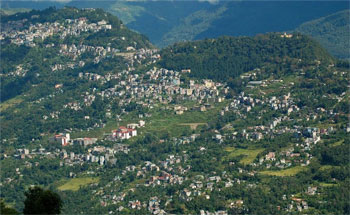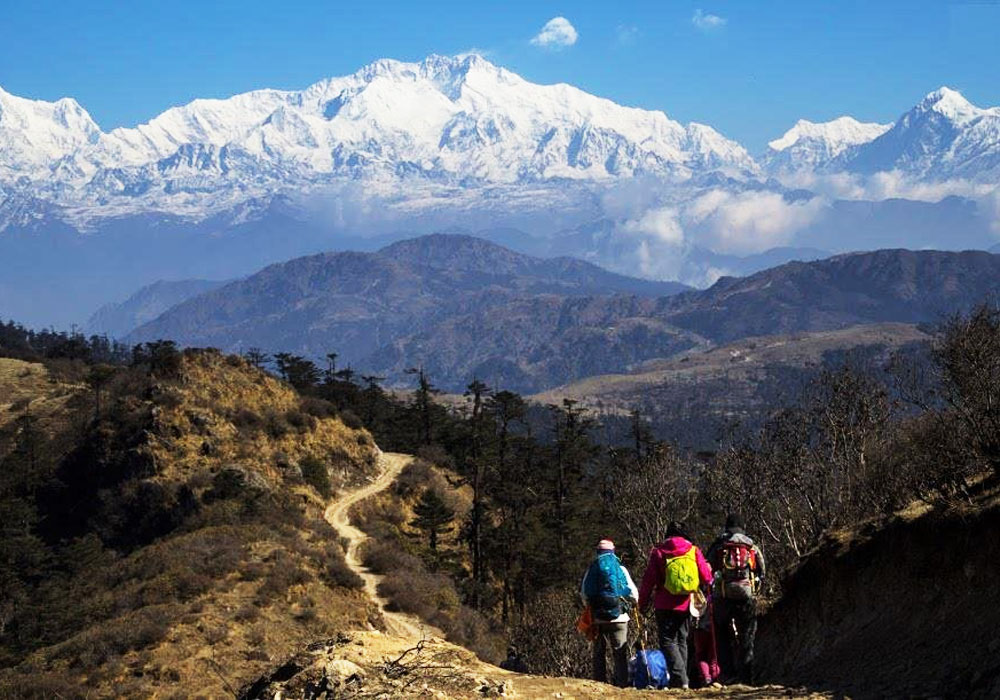

Book A Package With Mountain tours, treks & travels and Make Your Vacation Memorable

Dearest
Mingma! Julay!namestey! hope you are in good health. Sorry to write you lately. Our trip to Thiland made us busy so we were unable to write you back. Mingma the trekking was well organised and I had a wonderful time with you.. . Ladhak is a wonderful place and your guiding made it much much better. We all are very happy and eager to visit your country sikkim next time.
The way you describe sikkim, it really seems to be a nice place. We will promote for you wherever we go. Thanks for your support when the chips were down..
Convey our regards to Jigmee,Arun and Horse man. Hope we will meet then again.
Harry,Dorris Michael and Gracy
Switzerland 2009

Hello
Max, hope you are doing fine business. We are thankful for your warm guidance and wonderful trekking arrangements in a short time. Mingma the food was excellent. We will return to sikkim with friends and family someday. We would no doubt recommend your company mountain tours and treks to all of our friends who want to visit India and specially sikkim and Darjeeling.
Adam and wanda
Netherland. 2010
 Dear
Dear
Hi
Mingma, thanks for your mail. We are still in kerela and doing familiarization trip. Its very hot out here.
Mingma your trekking arrangements was good and we had no hesitation in recommending your company. Your guide and cook was very good. We had more than enough varieties of food everyday. We surely hope that you will do well.
Well take care and best of luck
Andrew, Roben and David
Switzerland 2011 feb
 Dear
Dear Dear
Dear







We are there to help you .